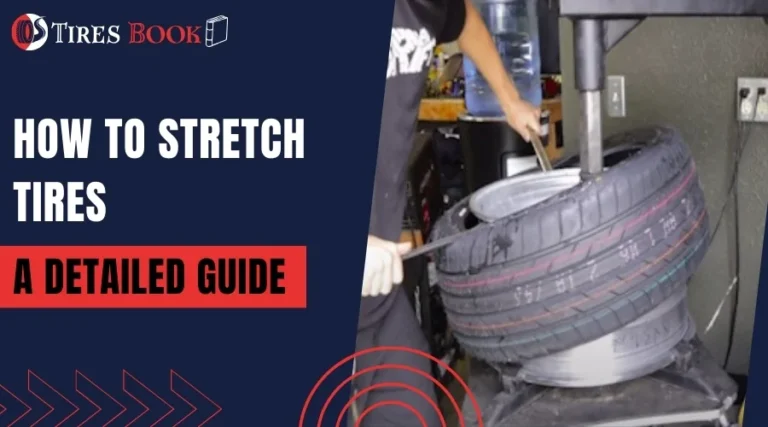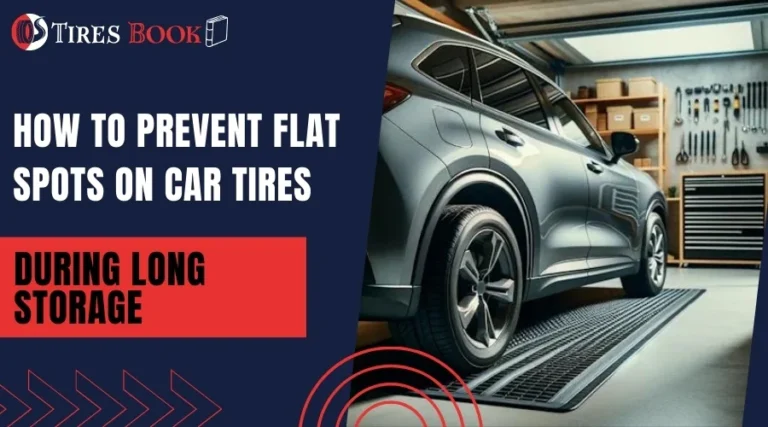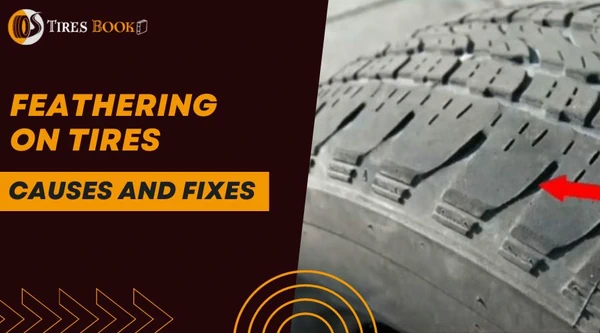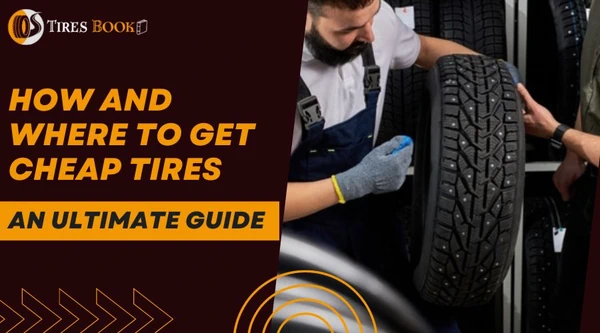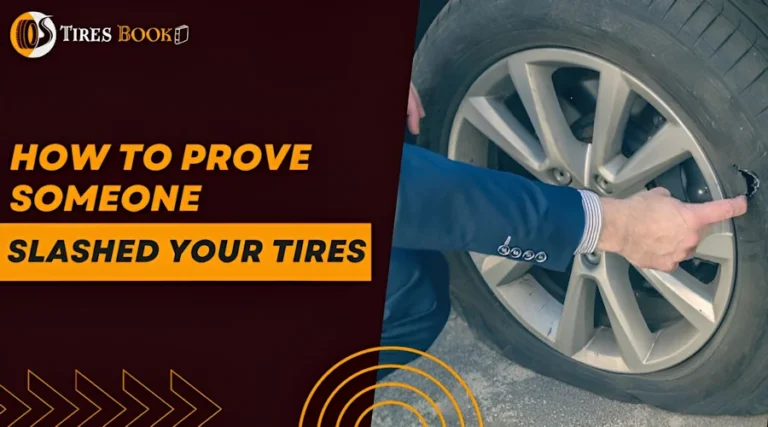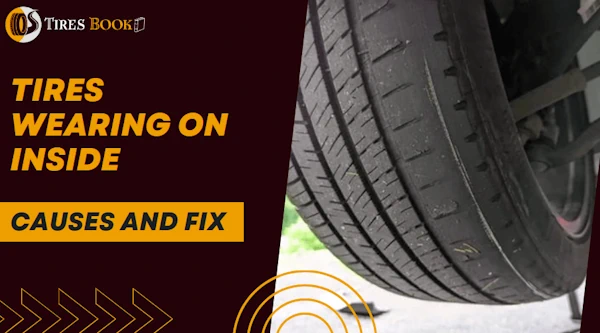Key Points
Imagine cruising down the road and suddenly noticing a weird bubble on your tire. What could that be? Welcome to the world of sidewall bubbles or bulges in tires! A sidewall bubble on a tire is an abnormal bulge or protrusion that appears on the tire’s sidewall.
It happens when the layers of rubber, steel belts, and fabric plies that make up the tire start to separate. As a result, air from the tire’s interior begins to fill the gap between these layers, causing the sidewall bubble. This trapped air causes the sidewall to expand outward, creating a bubble or bulge.
We’ll explore the causes of these mysterious bubbles, potential fixes (if possible), and prevention methods. So buckle up and get ready to acquire handy tire knowledge as we unravel the tire bubble mystery. This information is perfect for all you curious folks out there!

Table of Contents
What Leads to Bubbles Forming in Tires
So, what leads to bubbles forming in tires? There are several factors to consider:
- Manufacturing fault: Layers of ply, rubber, and belts make up tires, all joined together by glue. If manufacturers do not properly glue them during production or if air or moisture becomes trapped between the layers, a bubble can form.
- Impact-related damage: When your tire takes a hard hit, it can cause the layers to separate and create a bubble.
- Sharp objects: Sometimes, a sharp object on the road can puncture your tire and cause the layers to separate.
- Potholes: Hitting a pothole can be a bubble’s best friend, as the sudden impact can damage your tire’s structure.
- Speed bumps and railroad crossings: Similar to potholes, these obstacles can cause impact damage to your tire.
- Deflated tires: Driving on a tire that’s low on air can put stress on its structure, leading to bubbles.
- Too much load: Overloading your vehicle can strain your tires, causing bubbles to form.
- Rocky terrains: Driving on rocky surfaces with tires not designed for it can also result in tire bubbles.
How To Avoid Bubbles on Tire?
- Regularly inspect your tires: Develop a habit of checking your tires for signs of damage, wear, or bubbles. Do this before and after long trips.
- Drive cautiously: Slow down and be mindful of road hazards like potholes, speed bumps, and sharp objects. These hazards can damage your tires. If you suspect your tires have encountered a sharp object or stone, immediately park your vehicle on the roadside. Then, examine the tire for any visible damage.
- Avoid overloading: Always adhere to your vehicle’s maximum load capacity to prevent putting unnecessary stress on your tires. Overloading puts extra stress on the internal layers of the tire and may damage them.
- Maintain proper tire pressure: Check your tire pressure at least once a month. Make sure it’s within the recommended range provided in your vehicle’s owner manual. Underinflation can put extra pressure on both sides of the tire that may damage the inner layer and form a bubble.
- Choose appropriate tires: If you frequently drive on rough or rocky terrains, invest in tires designed for such conditions.
- Promptly address any damage: If you notice any damage or issues with your tires, have a professional inspect them immediately. This will help prevent bubbles from forming or worsening by getting timely repairs.
Can You Fix Sidewall Bubble on the Tires
Unfortunately, not. The bubble indicates that something has compromised the tire’s internal structure. Attempting to repair it could result in a weakened tire prone to blowouts.
Is It Dangerous To Drive Your Vehicle With a Bubble on It?
Absolutely. Driving with a bubble on your tire can be dangerous and pose significant risks to both the driver and passengers.
Driving on a tire with a bubble poses risks, including sudden blowouts. These can happen unexpectedly, leading to loss of control. A tire bubble also affects your vehicle’s handling and stability. This makes maneuvering harder, especially at high speeds or during sharp turns.
Do Tire Manufacturers Provide Claims for Bubbles in Tires?
Tire manufacturers may cover bubbles in tires under warranty if caused by manufacturing defects. However, bubbles that result from road hazards or external factors typically do not receive warranty coverage. To determine eligibility for a warranty claim, get the tire inspected by a professional at an authorized service center. They will assess the damage and guide you through the claim process if applicable.
Conclusion: What To Do if You Spot Sidewall Bulge on Tire?
Discovering a sidewall bulge on your tire while driving can be an unsettling experience. If you spot a bulge, immediately find a safe place to park the vehicle. Replace the damaged tire with a spare, if available. If you lack a spare tire, call roadside assistance or visit the nearest auto repair shop.
If you must drive with a bulging tire, proceed slowly. Avoid rough terrain and choose smooth roads. This will help reduce further damage to the tire. Remember, addressing a sidewall bulge promptly is crucial for ensuring your safety and that of your passengers.

